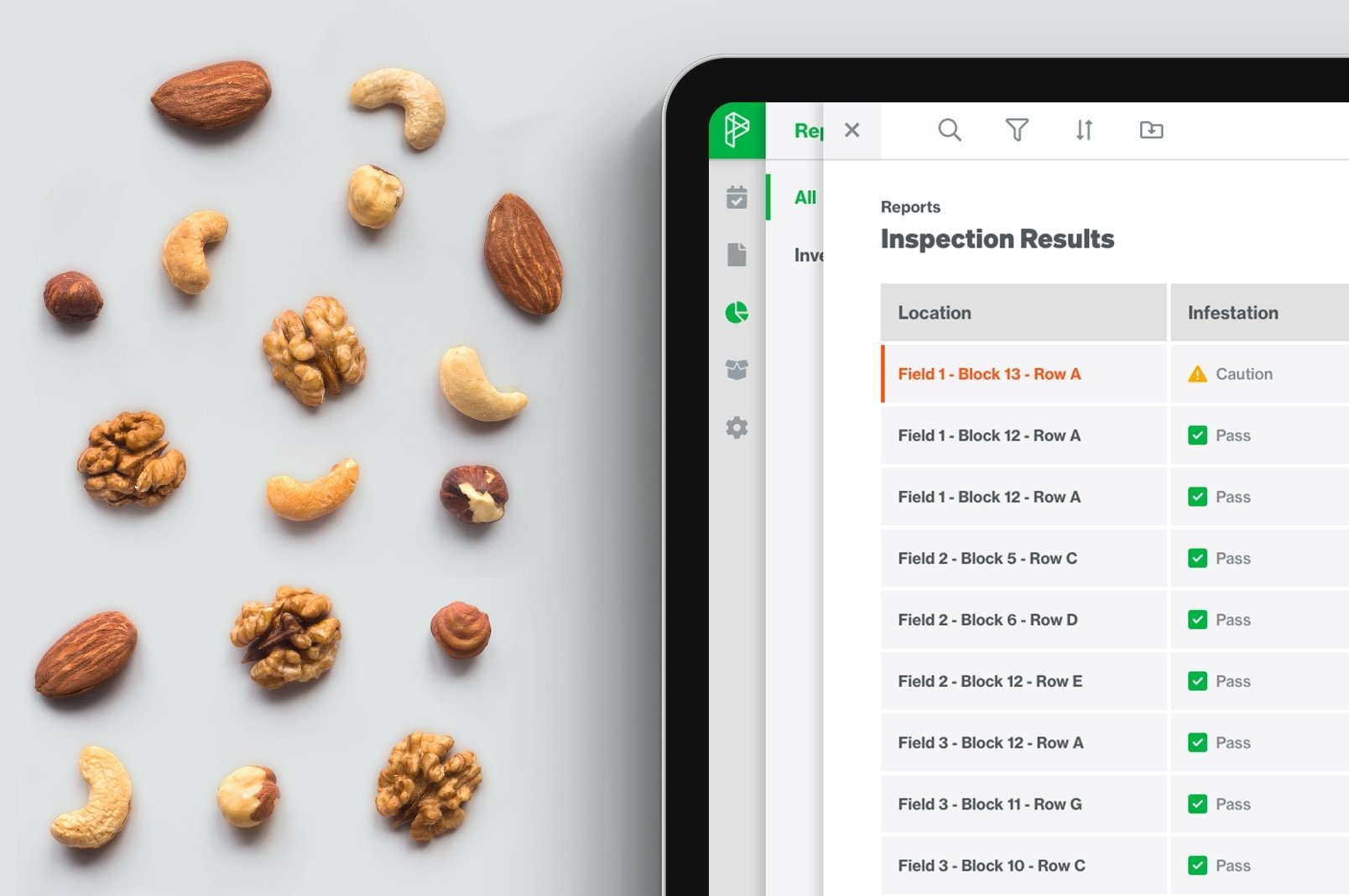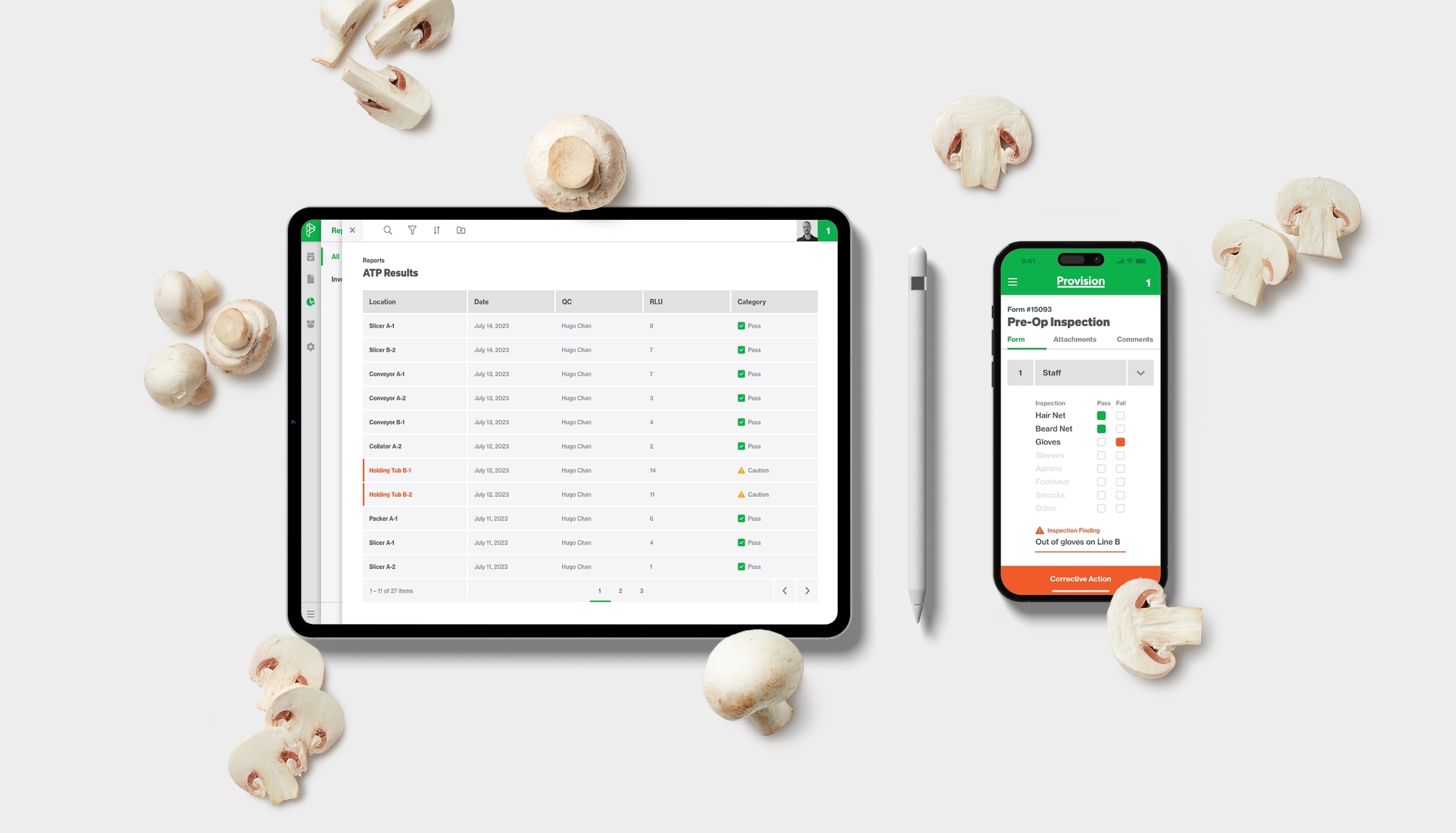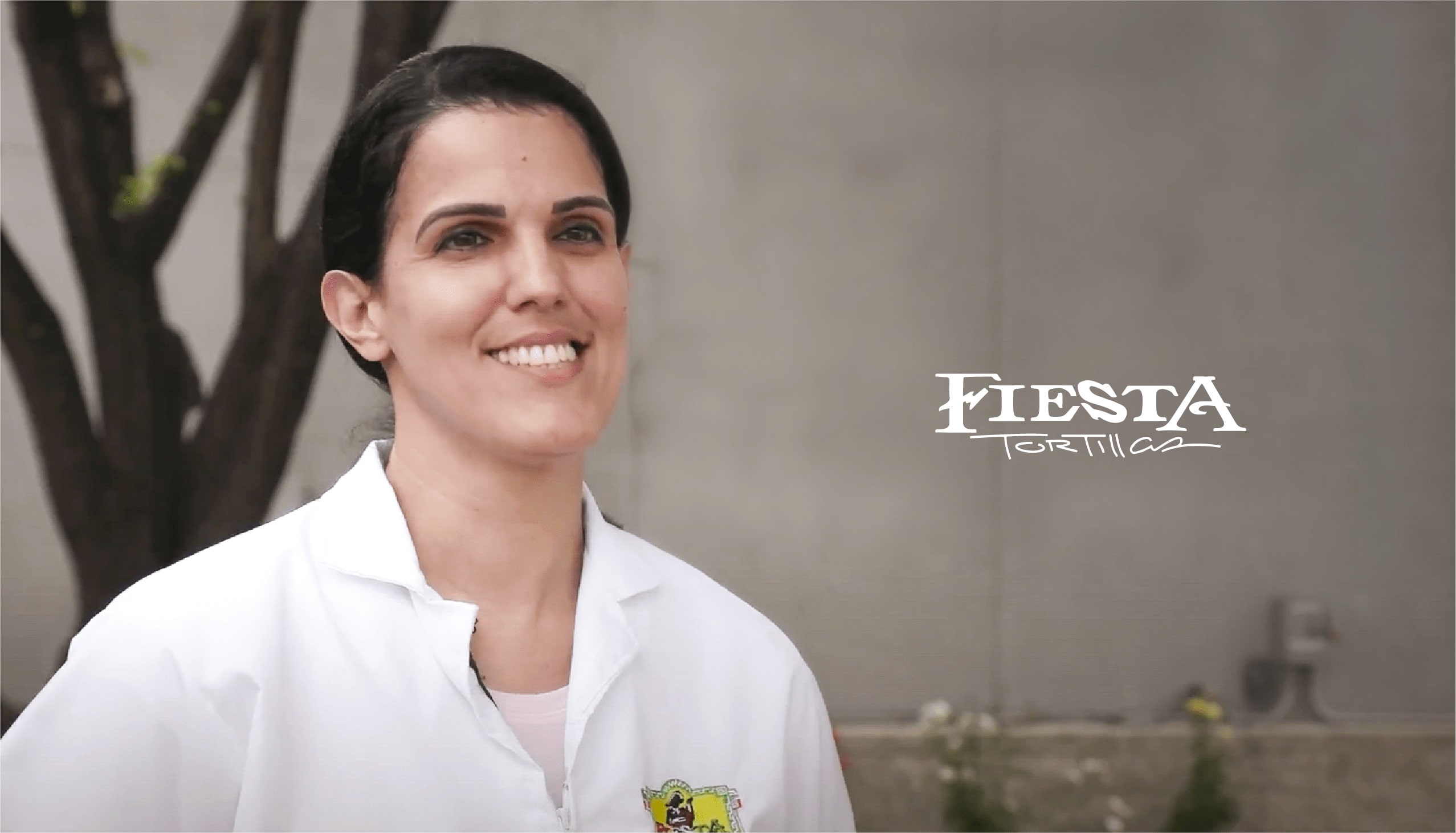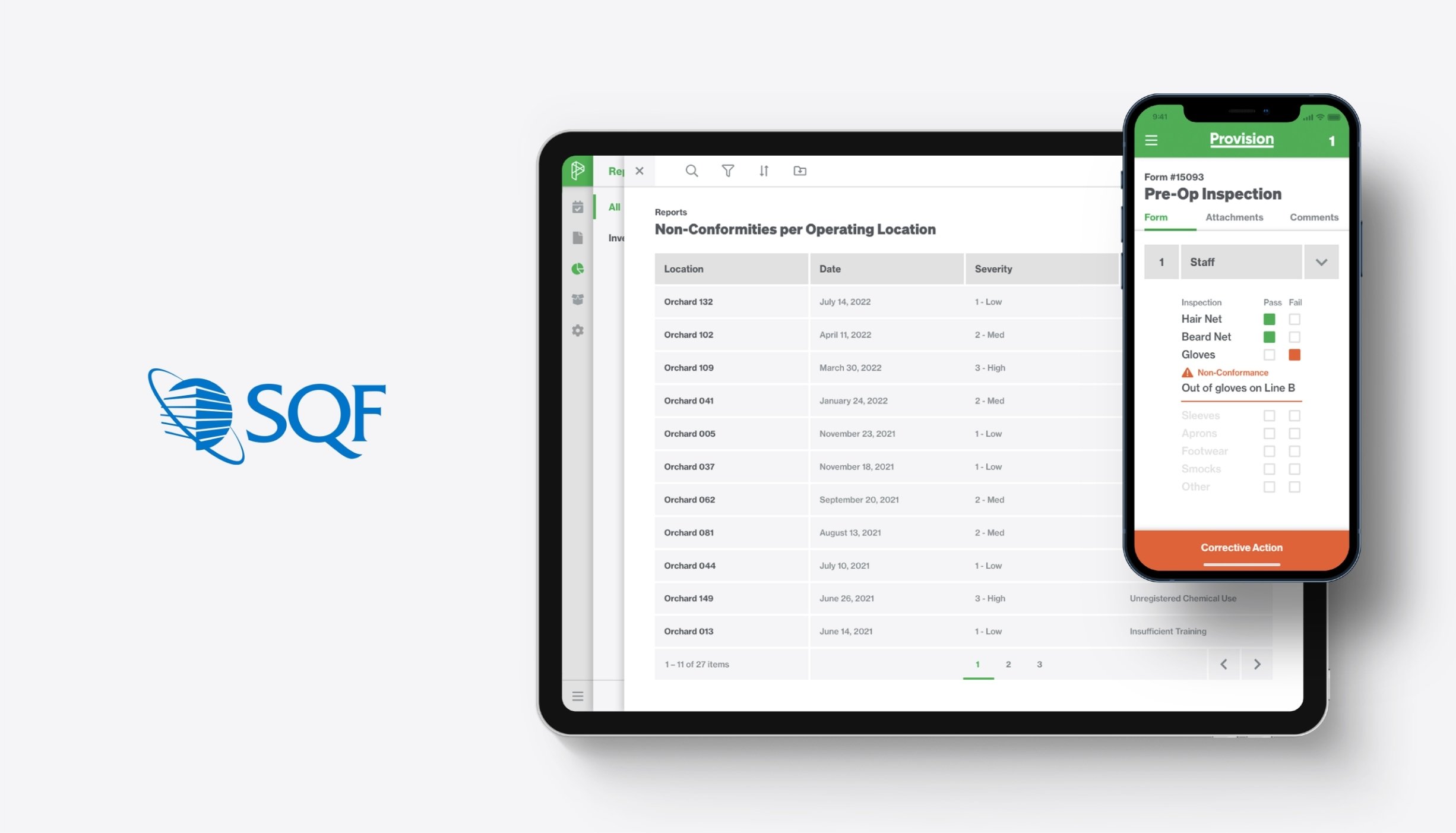Dr. Janna Hamlett has over 20 years of experience in the food manufacturing industry, including a strong background in quality management and food safety. In addition to past roles in consulting, she has a Black Belt in Lean and Six Sigma, is an instructor for FSPCA PCQI and IAVA, SQFI ATP Lead Instructor, and a Lead Instructor for Introduction to HACCP.
-
Q:
Tell us a bit more about yourself and your background in the potato industry for readers who might not already know you.
-
A:
I have a dual appointment with TechHelp (Idaho's Manufacturing Extension Partnership Center (MEP)) and the University of Idaho Extension as a Food Manufacturing Specialist. I help growers, packers, and processors of all sizes (teeny-tiny to large scale) with whatever they're struggling with, and work to be a trusted advisor to our local food manufacturing industry. If you didn't know, Idaho has a couple of potato fields and processors that help drive our Idaho economy (ha!) So I spend a fair amount of time in potato facilities helping them overcome any challenges.
-
Q:
-
A:
Sanitation in a packhouse facility, even for a crop like potatoes, is critical for several reasons. While potatoes aren't typically eaten raw, they are harvested directly from the dirt, which means they can carry harmful pathogens, bacteria, and contaminants from the soil, water, and handling equipment. If a facility does not have a robust sanitation program, these contaminants could be transferred to other surfaces or products in the facility, posing a risk of cross-contamination.
Although frequently the product goes through a kill step the potatoes are handled in the back of house at a food service facility and/or in your kitchen and we want to reduce as much as possible the potential of cross-contamination during the handling. In addition, although the product is cooked, cooking does not sterilize our food, but reduces the microorganisms to an acceptable level, however if the raw product was heavily contaminated cooking will only reduce the microorganism levels which could cause a food borne illness. Poor sanitation practices may lead to the spread of foodborne illnesses or diseases, which could affect consumers even after the potatoes are cooked.
Furthermore, packhouses may process and store multiple types of produce, so maintaining strict hygiene prevents contamination between different crops. Finally, even though potatoes most likely be cooked, there's a growing demand for ready-to-eat products like pre-washed or pre-cut potatoes, or products that don’t undergo a kill step, where sanitation becomes even more critical to ensure food safety throughout the supply chain.
-
Q:
What do you think is the most important aspect of sanitation in the industry that is overlooked or not emphasized enough?
-
A:
One of the most important aspects of sanitation in the food industry that is often overlooked or not emphasized enough is the importance of employee hygiene and training. While facilities may invest heavily in equipment sanitation and process cleanliness, human interaction remains a critical point of contamination risk. Employees play a vital role in ensuring food safety, yet inconsistent or insufficient training on proper hygiene practices—such as regular handwashing, correct use of personal protective equipment (PPE), and avoiding cross-contact from allergens —can compromise even the best sanitation protocols.
In many cases, the human factor is underestimated, and simple lapses in hygiene can lead to significant food safety issues in all three hazard categories (biological, chemical, and physical). Continuous, thorough training and fostering a culture where hygiene is prioritized, monitored, and rewarded can help mitigate these risks and ensure sanitation protocols are effective from production to packaging. Common sense is not common, everyone needs to be properly trained on all aspects of handling your product.
-
Q:
When you go into a facility to consult or audit, what are the first things you look for?
-
A:
-
Employee Hygiene Practices:Observing how employees follow sanitation protocols, such as proper handwashing, use of PPE (gloves, hairnets, etc.), and whether they follow zoning rules to prevent cross-contamination between clean and raw areas.
-
Cleanliness of Equipment and Surfaces:Ensuring that all food-contact surfaces and equipment are regularly cleaned, sanitized, and maintained.
-
Flow of Product and Personnel:Evaluating how products and employees move through the facility. A well-designed flow minimizes the risk of cross-contamination by keeping raw and finished products separate and ensuring that workers handling different stages of production do not cross paths unnecessarily.
-
Sanitation Program and Records:Reviewing the facility's sanitation standard operating procedures (SSOPs), cleaning schedules, and whether proper documentation and records are maintained. Consistent record-keeping reflects compliance with and adherence to food safety standards.
-
Condition of the Building and Infrastructure:
Examining the overall state of the facility, including drainage, ventilation, and lighting. Proper maintenance of floors, walls, and ceilings, as well as good airflow, can help prevent contamination and support cleanliness.
These initial observations give an overview of the facility's overall commitment to sanitation and food safety. It also provides a starting point for deeper audits or consultations on specific areas of improvement.
-
Q:
We've heard feedback that zoning—either determining what areas should be considered zone 1, 2, 3, etc. or reminding operators of zones—can be a challenge for sanitation programs. Do you have any thoughts on why this is, or suggestions for how managers can better support their operators?
-
A:
Yes, zoning is very helpful for determining how “clean” something needs to be. If something is product contact it needs to be cleaner than if something is further removed from the product touch point. Consequently, zoning can help us be more efficient.
Zone 1 is product contact, equipment that actually touches the product. Then Zone 2 is not product contact but is very near to product contact. For example, let’s picture a shovel. The scoop of the shovel is zone 1, it comes in contact directly with the product. The handle is zone 2, however all of us have dropped the whole shovel into the product. So, zone 2 can quickly become zone 1. Then zone 3 is further removed from the product, things like the floor and walls of the production room. Then the last is zone 4, it is still on-site but is further removed from the production/processing areas, think about employee break rooms, offices, etc.
When trying to classify each piece of equipment or utensils into zones, think about how close the unit is to touching the product. Training and postings are helpful to remind people of the different classifications, but a more effective tool is visual-at-a-glance mechanisms. Use colors (yellow equipment for cleaning product contact equipment, black equipment for cleaning the floors, etc.). In addition, when showing the different zones and hygiene junctions: draw lines, use barriers or even simply tape to clearly mark the junctions and zones. When people can clearly see the characterization then they are more likely to be compliant with rules and policies.
-
Q:
A sanitation program is only one part of a facility's food safety management—what do you think managers should keep in mind when building a comprehensive and holistic food safety program to ensure that everything is synergistic?
-
A:
Lean on your food safety plan. Your food safety plan identifies potential hazards at every step of the production process. By proactively addressing risks—rather than reacting to them—managers can ensure that safety practices are tailored to the facility’s unique challenges and vulnerabilities. As part of your food safety plan, you determine the preventive controls and prerequisite programs that will mitigate to an acceptable level or eliminate the hazards. Do not allow the food safety plan to gather dust and only be exposed during a 3rd party audit or regulatory visit, bring it out and share it with everyone.
In addition, building a positive food safety culture across the entire facility. Managers should ensure that food safety is not siloed within the sanitation or quality department. Every aspect of the facility—from sourcing and procurement to processing, packaging, and distribution—needs to be aligned with food safety standards and the decisions made in your food safety plan. Collaboration between departments (sanitation, quality control, operations, distribution, and management) is essential to create a seamless food safety culture.
-
Q:
-
A:
A comprehensive food safety program requires detailed documentation and traceability at every step. This ensures that if a food safety issue arises, the facility can quickly trace its source, take corrective action, and mitigate risks. Documentation also demonstrates compliance during audits and regulatory inspections.
A successful food safety program is dynamic. Managers must regularly monitor key control points, verify that sanitation and safety procedures are followed, and conduct internal audits. This should be coupled with a commitment to continuous improvement, using data from audits, inspections, and incidents to refine and strengthen the program.
Having a digital documentation management program like Provision makes this much easier and quicker to complete, compile, gather data and determine non-conformances. A food facility must be continually strengthening and improving their programs to reach their KPIs (key process indicators) in addition to staying in business and thriving.
A digital tool like Provision can be one tool in the toolbox, with key features including automation for training and re-training protocols, better real-time insight for managers, and built-in guidance for operators. Not to mention that auditing a sanitation program - and a food safety program at large - can be far easier digitally than on paper. Accessibility and usability are important when it comes to food safety and sanitation; if it’s not easy to follow the steps or plans put in place, then people will have a harder time completing them. Centralizing and streamlining the processes with something like Provision will help improve the odds that tasks are completed both on time and with accuracy.






